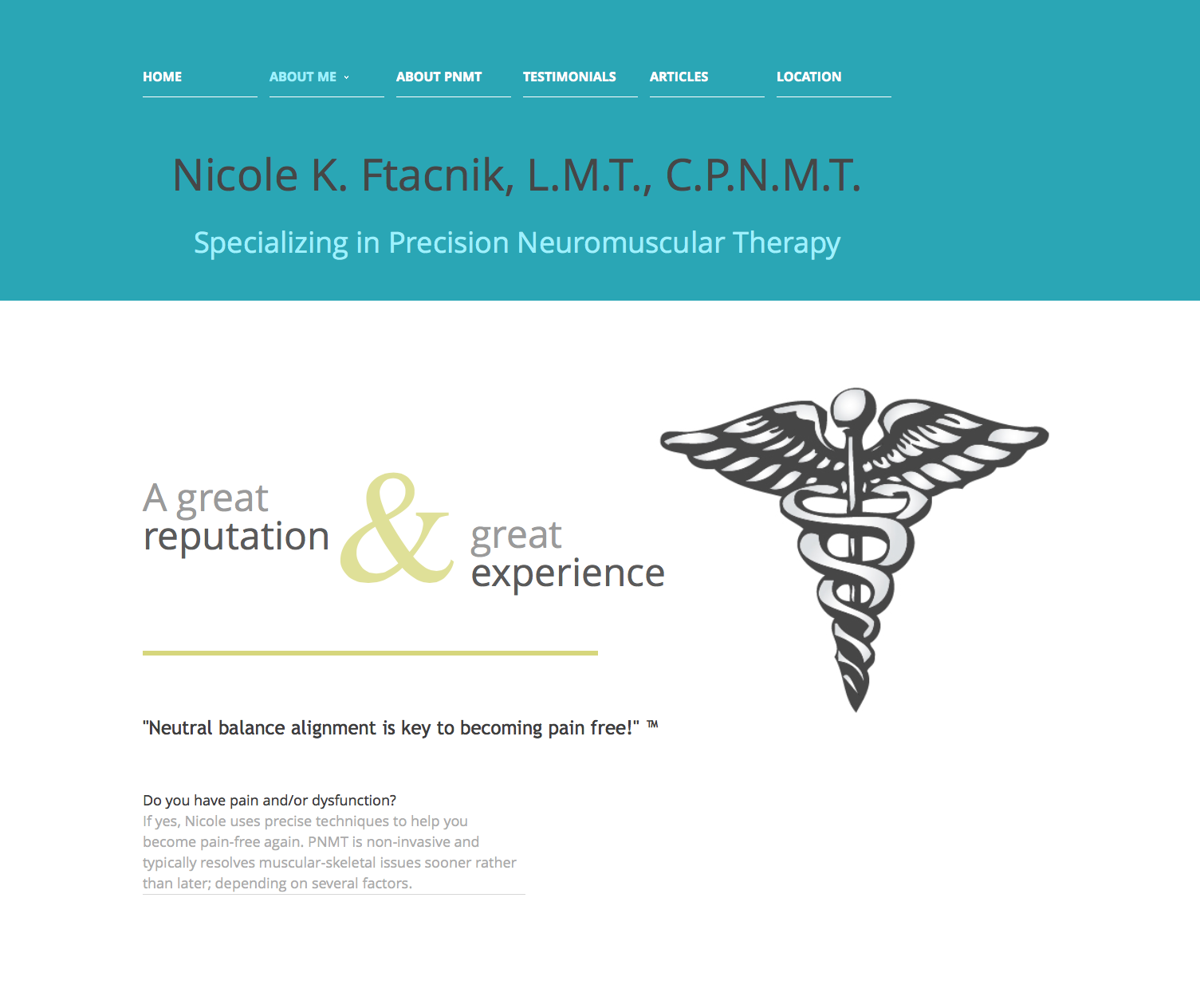According to an estimate of the National Safety Council, there were 11,900,000 motor vehicle accidents in the United States in 1993. Of these, 2,750,000 were rear-end collisions. Although the precise number of whiplash injuries per year cannot be determined, a rather rough estimate is more than one million. Nearly one-third of all motor vehicle accidents are rear-end collisions, and it is this type of accident that is responsible for most whiplash injuries. — RW Evans
A couple of years ago, I completed a Distance Education course from “The Complete Guide to Whiplash” written by Michael R. Melton, owner of BodyMind Publications and founder of ChiroHosting, and learned what factors and variables—among many other things—are used when determining the difference between an accident with no injury and an accident with serious injury. They include…
- The angle of the collision
- The speed and size of the rear car
- The speed and size of the front car
- Road conditions
- Occupant head position
- Gender
- Occupant awareness
- Head restraints
- Safety belts
- Secondary collisions
- Direct body impact
- Loss of consciousness
- Medical history
- Pain onset
As you can see there are many variables involved, and believe it or not, each crash possesses its own characteristics.
According to an equation related to the physics of acceleration, the less a car is damaged or crushed in a collision, the higher the acceleration of the struck vehicle and the greater the risk of injury. — MC Robbins
That being said, it is crucial that a complete history be examined in order to help a whiplash patient recover quickly and easily. Following are some physical and psychological symptoms also found in The Complete Guide to Whiplash…
PHYSICAL
- Neck pain – Myofascial trauma; ligamentous damage; disc-related trauma; degenerative changes; facet joint injury; neurological trauma; direct nerve damage; skeletal trauma; vascular damage; and imaging cervical trauma
- Heachaches – Cervicogenic headaches; occipital neuralgia; myofascial headaches; migraines; mild traumatic brain injury; and other headaches (vascular, sympathetic, and drug induced).
- Fibromyalgia
- Temporomandibular joint pain
- Thoracic Outlet Syndrome (TOS)
- Low back pain
- Carpal Tunnel Syndrome
- Dizziness
- Cervical trauma and tremor
- Systemic sclerosis and trauma
- Visual symptoms
- Sleep disturbances
- Post-Traumatic Stress Disorder (PTSD)
PSYCHOLOGICAL
- Anxiety
- Depression
- Anger
- Substance abuse
Per Michael’s book, one of the most common claims made by insurance companies is that whiplash injuries heal within six weeks and that care after that time is unnecessary. While many patients do recover within this six-week period, many studies show that between 20-30% have symptoms that last one year or more. In addition, studies also show that some symptoms may even take days or weeks to develop after an accident; however, insurance companies will often attempt to discredit a patient’s symptoms if they aren’t reported at the time of the accident; as if malingering.
It is very difficult for an ingenuine individual to fake a profile typical of a whiplash patient. — BJ Wallis
I wanted to write this post because I have had several clients over the years, whom suffered from whiplash as a result of an automobile accident, and eventually became pain-free using Precision Neuromuscular Therapy (PNMT) techniques. Although PNMT won’t necessarily treat every single symptom that was mentioned above, it can help with muscular-skeletal imbalances, which can cause many that were mentioned.
Here are some other great resources related to whiplash from automobile accidents:
The Neck Disability Index (NDI) Study
The NDI Questionnaire
The Crash Pulse in Rear-End Car Accidents
The National Crash Analysis Center
Motor Vehicle Accident Reconstruction and Biomechanical Physics
As always, I hope you found this information to be informative!
* * * * *
“Neutral balance alignment is key to becoming pain free!”™ ~ Me

